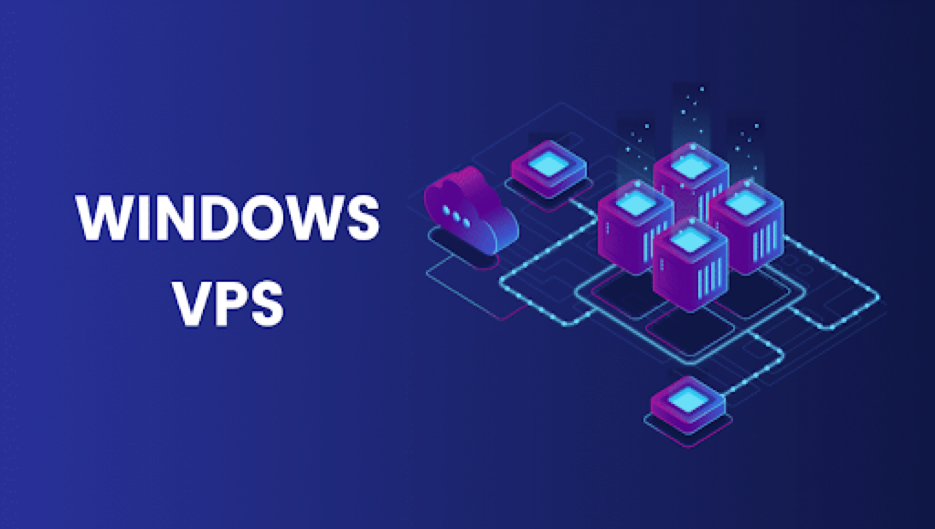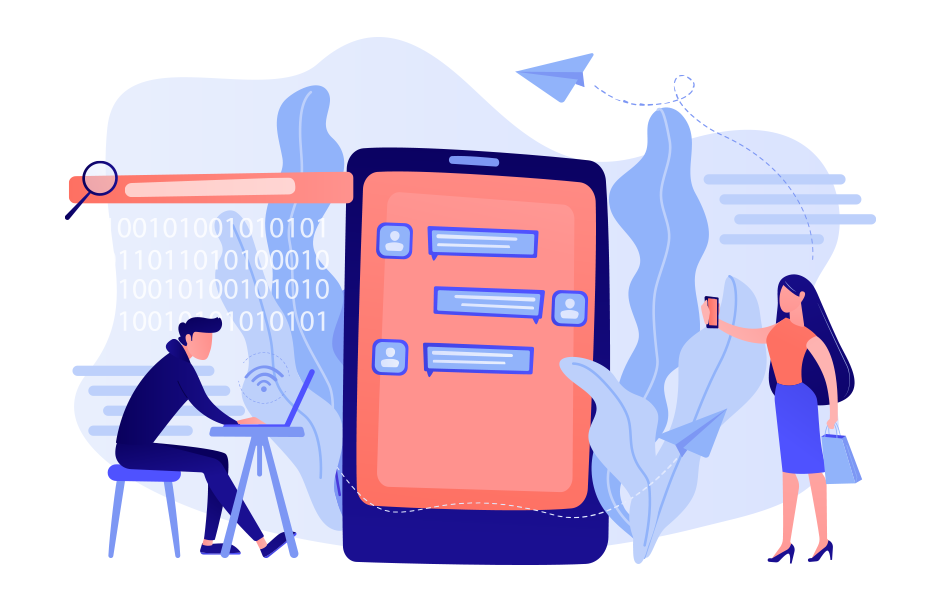In today’s rapidly evolving technological landscape, a noticeable divide has emerged between teachers and students when it comes to embracing and harnessing technology. While students are often seen as digital natives, effortlessly navigating the digital realm, many educators find themselves on the other side of the technological spectrum. In this article, we will explore the technological gap between teachers and students and how bridging this divide is crucial for effective education in the digital age.
The Digital Divide in Education
The digital divide in education is a multifaceted issue that encompasses not only access to technology but also the ability to use it effectively for teaching and learning. Students, who have grown up with smartphones, social media, and various digital tools, often possess a level of technological fluency that surpasses that of their teachers.
Amid this digital revolution, Paper Perk, a leading provider of custom paper writing services, offers valuable academic support to students. It’s important to note that as technology plays an increasingly prominent role in education, the technological gap between educators and students must be addressed for a well-rounded educational experience.
Understanding the Technological Gap
The technological gap between teachers and students can manifest in various ways:
Comfort with Technology:
- Students tend to be more comfortable using technology for various tasks, from research to communication, while teachers may still be adapting to these digital tools.
Digital Natives vs. Digital Immigrants:
- Students are often referred to as digital natives, having grown up in a digital age. In contrast, many teachers are considered digital immigrants, having had to adapt to technology later in life.
Integration of Technology:
- While students seamlessly integrate technology into their daily lives, educators may struggle to incorporate it effectively into the classroom.
Tech Savviness:
- Students typically possess a high degree of tech savviness, whereas teachers may require additional training and professional development to keep pace with technological advancements.
Why Bridging the Gap Matters
- Effective Teaching and Learning: Bridging the technological gap is crucial for ensuring that teachers can leverage technology to enhance their teaching methods and facilitate more engaging, interactive, and effective learning experiences for students.
Digital Literacy:
- As technology becomes increasingly integrated into society, digital literacy is an essential skill. Teachers play a pivotal role in fostering digital literacy among their students, which extends beyond basic computer skills to critical thinking and responsible online behavior.
Preparation for the Future:
- To prepare students for the workforce of tomorrow, teachers must be equipped to teach them the digital skills and knowledge they will need in their careers.
Equality in Education:
- Ensuring that all students have equal access to technology and digital learning resources is vital for preventing educational disparities. Teachers need to be able to provide equitable opportunities for their students.
Bridging the Gap
Bridging the technological gap between teachers and students requires a concerted effort from educational institutions, policymakers, and individual educators. Here are some strategies to consider:
1. Professional Development:
Schools should invest in ongoing professional development opportunities for teachers to enhance their technology skills and integrate digital tools effectively into their teaching methods.
2. Mentorship and Collaboration:
Encouraging mentorship and collaboration between tech-savvy students and teachers can be a mutually beneficial approach. Students can assist teachers in adopting and understanding technology, while teachers can provide guidance and mentorship.
3. Access to Resources:
Schools should ensure that both teachers and students have access to the necessary digital resources and infrastructure to support technology integration in the classroom.
4. Embrace Hybrid Learning:
The COVID-19 pandemic accelerated the adoption of online and hybrid learning models. While not without challenges, these models can provide valuable experiences for both teachers and students in using technology for education.
5. Fostering a Growth Mindset:
Encouraging a growth mindset among teachers can promote a willingness to adapt and learn new technological skills. Creating a culture of learning and experimentation is essential.
Conclusion
In today’s digital age, addressing the technological gap between teachers and students is not just a matter of convenience; it’s a fundamental requirement for effective education. Bridging this divide empowers educators to harness the potential of technology to enhance their teaching methods and prepare students for the digital world they will encounter beyond the classroom.
educators must also receive the support and training needed to navigate the digital landscape effectively. Ultimately, the collaboration between teachers and students in embracing technology is key to creating a more technologically fluent, digitally literate, and future-ready generation.




